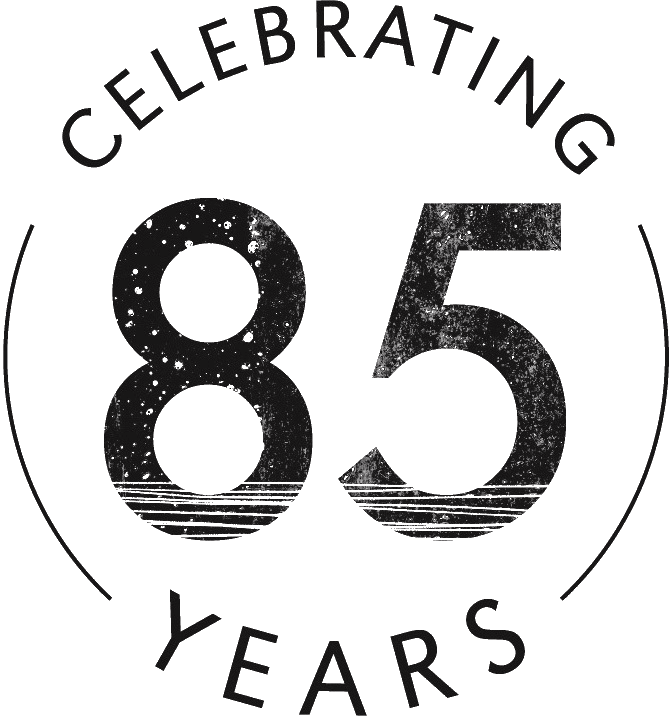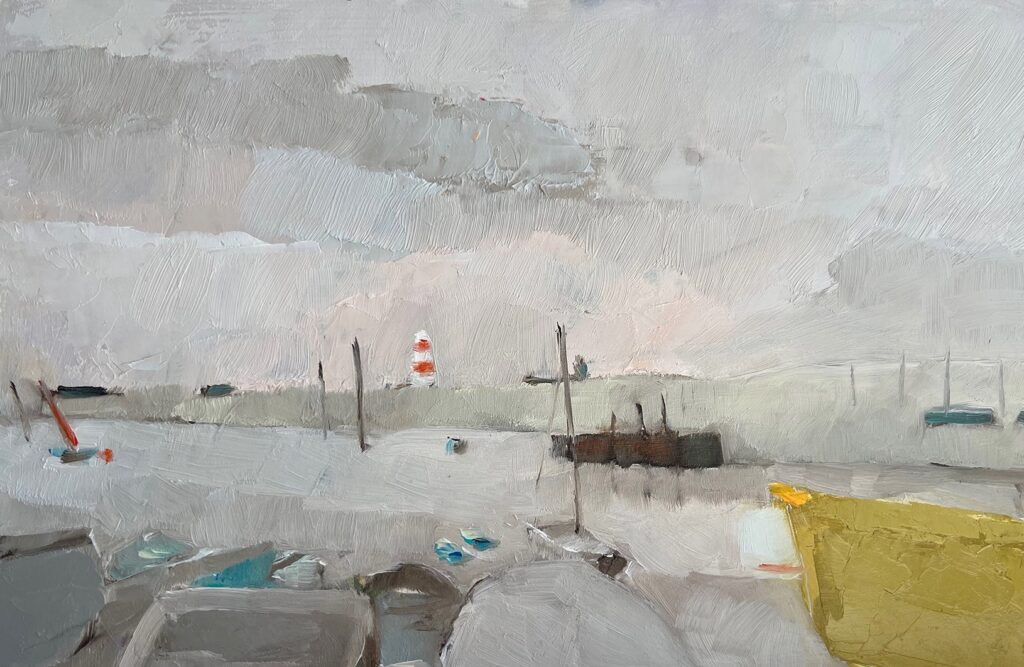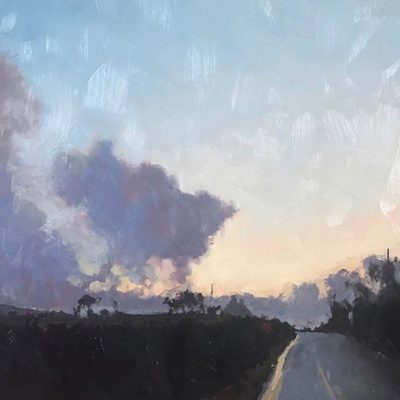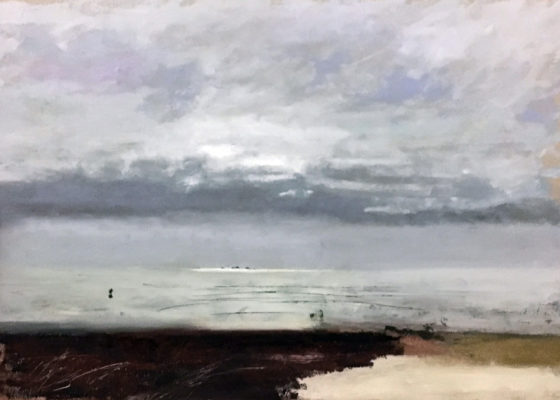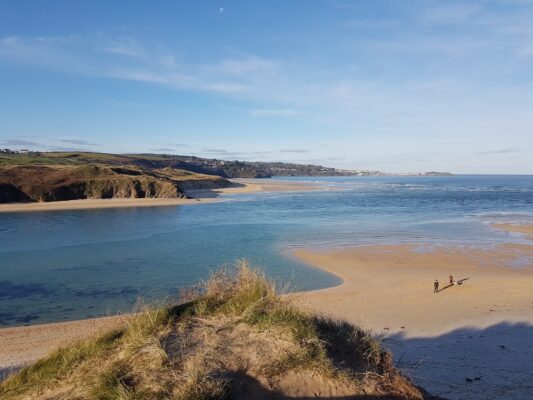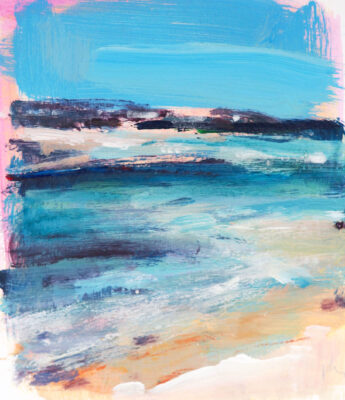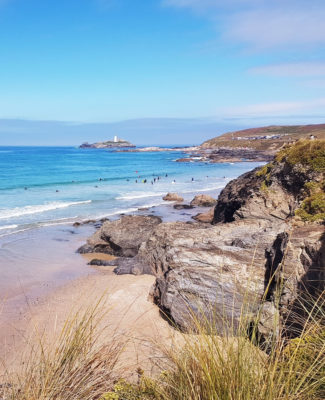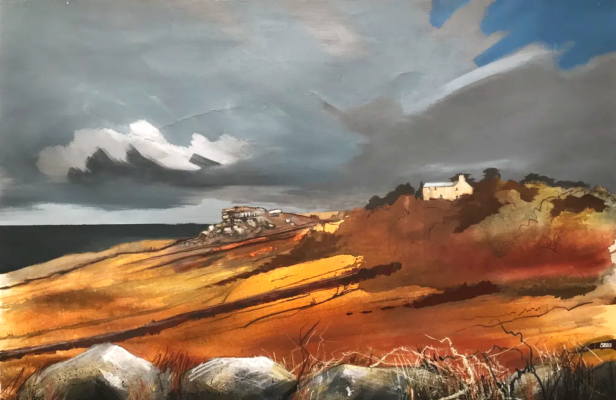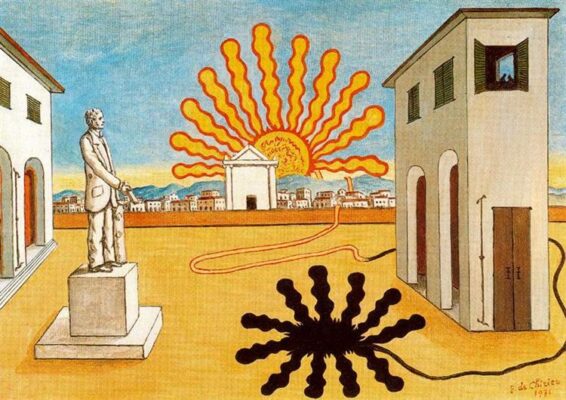Course details
Taking inspiration from the likes of Monet, the Scottish Colourists as well as Van Gogh and Whistler, venture outside ‘en plein air’ to paint the landscapes and seascapes of St. Ives, capturing the emotional and sensory elements of a place in a moment in time.
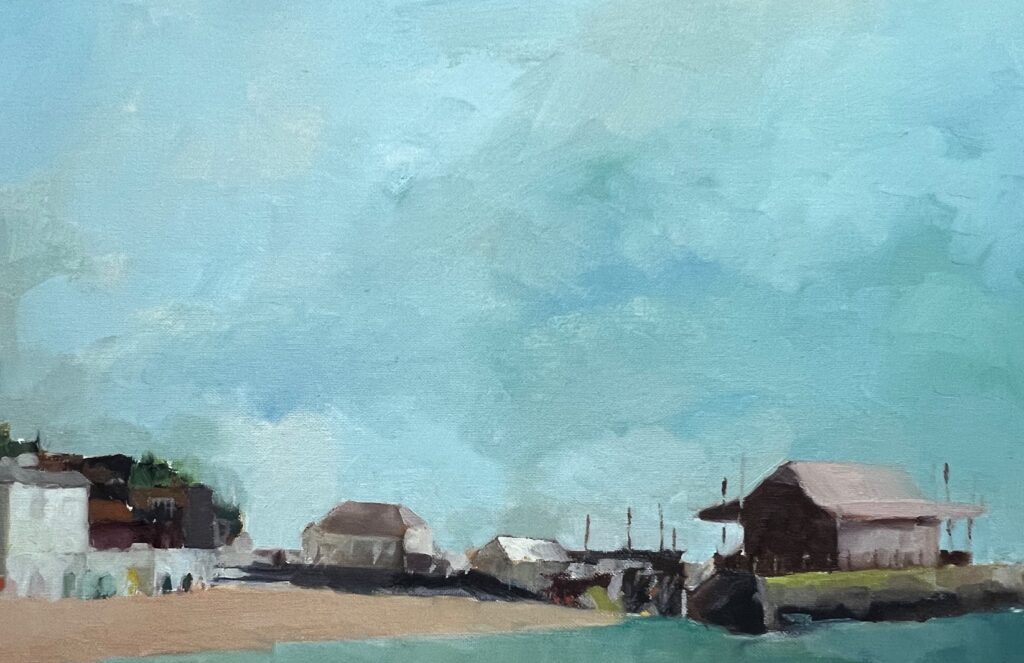
Working ‘en plein air’, (in the open air), we will be working from the landscapes and seascapes of St. Ives, firstly using pencil and watercolour, then painting in oils.
We will look at the work of masters Eugène Boudin, Claude Monet, Mary Potter, the Scottish Colourists Peploe and Cadell, as well as works by Van Gogh and Whistler, focusing in particular on their seascape sketches in oil and watercolour. During the course of the weekend, our focus will be on tone, colour and composition, as well as chasing the light and responding to the weather, the tides and moving subjects. We will consider our compositions, incorporating elements of the manmade in the natural beachscape.
As well as working outside, the course will include studio time and colour mixing guidance, as well as tuition in working rapidly and exploiting drying times.
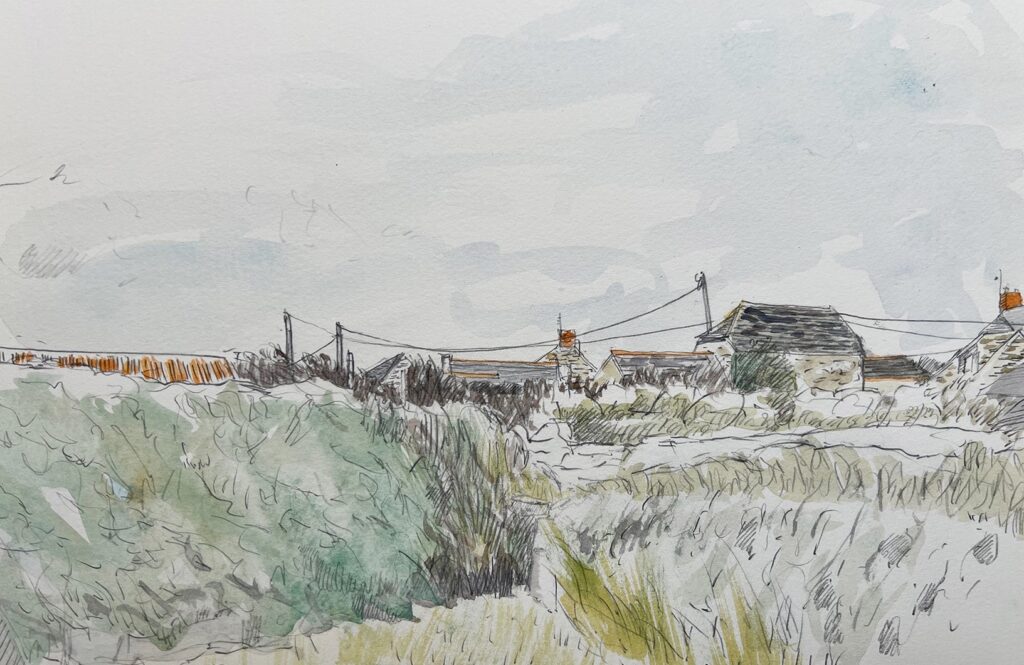
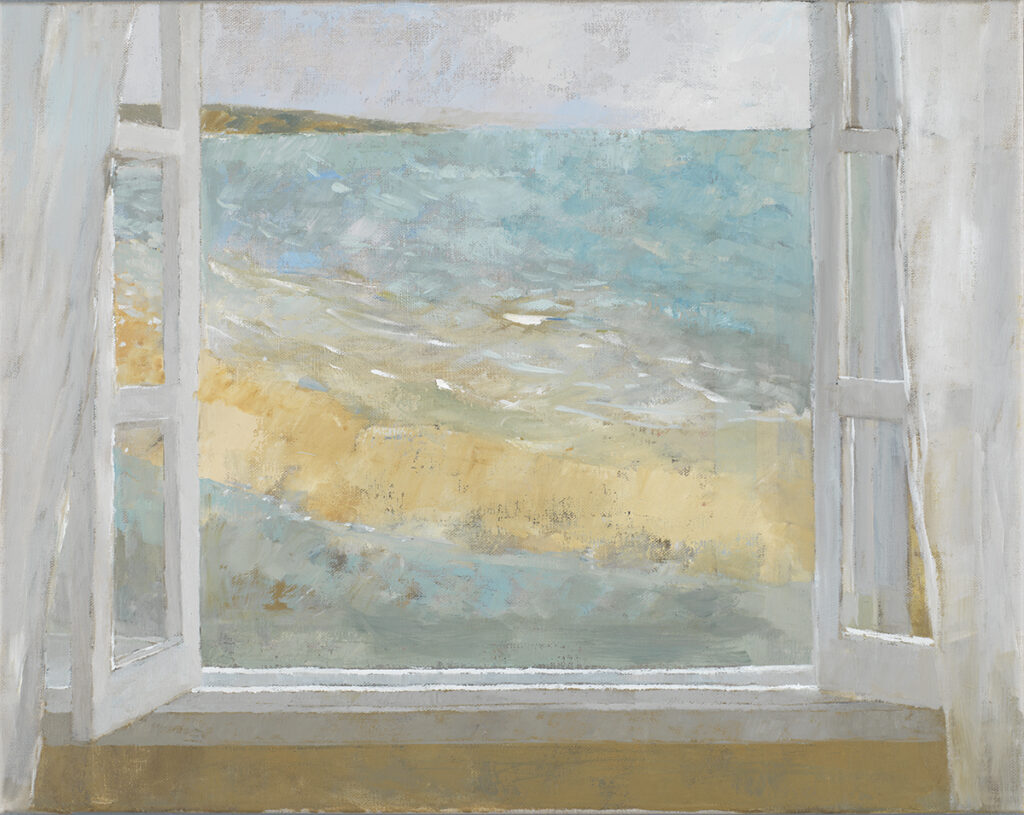
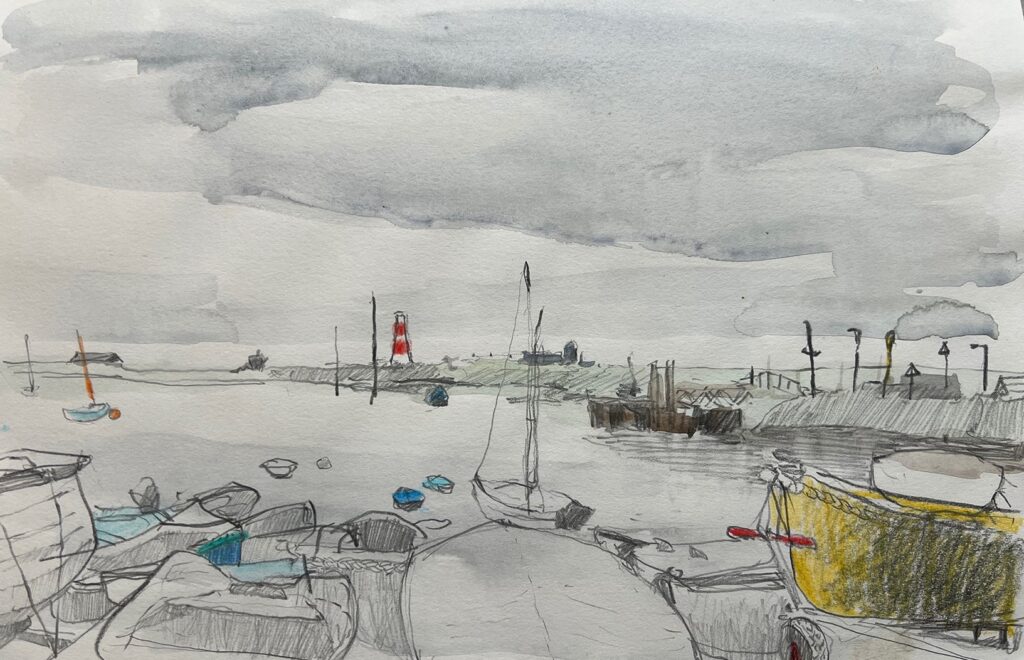
Day to day plan
This is a rough indication of what to expect over the course. However sometimes the structure of the days may alter depending on the nature of the group and weather.
Day 1
An introduction to the art work of Eugène Boudin, Claude Monet, Mary Potter, the Scottish Colourists Peploe and Cadell, as well as work by Van Gogh and Whistler. We will analyse how they have made their work and how they have responded to the seascape and beachscape, the harbour or estuary.
We will make watercolour drawings en plein air, using these to respond to the landscape and seascape, as well as any manmade forms or figures, in different light and weather conditions, making compositional decisions along the way.
Day 2
Painting en plein air in oils, we will tackle the same subjects, allowing our earlier sketches to inform our paintings. We will explore the different ways in which watercolour and oils behave, and look at mixing colour to achieve the effects of light and weather, as well as responding to moving subject matter and changing skies and tides.
Day 3
Painting en plein air in oils, we will visit a different location in St. Ives, either a beach or harbourscape. In the afternoon, we will return to the studio for a crit and discussion and to package the work to take home.
What will I learn?
- Gain experience painting en plein air.
- Using watercolour as a way to make colour notes and as a rapid response to the subject.
- Learning a number of techniques to help with painting in oils outdoors.
- Sharpening your response to light, colour, weather and composition.
- Adding tone, depth and luminosity to your paintings.
Who would this course suit?
Some prior drawing and painting experience would be useful, however, we can accommodate beginners. A willingness to cope with weather conditions.
Taught by
What to Bring
Our studios are fully equipped and we provide you with all the materials you need for your course. However, if you have a favourite set of brushes or any specialist materials that you would prefer to use, please bring them with you.
Timings and Breaks
The first day starts at 10am and finishes at 4.30pm, please aim to arrive ten to fifteen minutes before the start time.
All course days after that start at 9.30am and finish at 4pm and there will be an hour for lunch. There are plenty of nearby places to eat and we will serve tea and coffee at break times during the day.
FAQs
Studio Courses
How can I get help in choosing a course?
Our friendly expert staff are always happy to discuss your needs and our courses in more detail to help you with your decision. Please call us on 01736 797180
How do I get my work home?
Tutors have special techniques for transporting oil paintings and the school has plastic folders available in our shop for £3.50 or do bring a portfolio.
For international students we are happy to arrange transportation of your work back home.
What do I need to bring?
Absolutely nothing! All materials and aprons are provided although some people do like to bring their own set of brushes.
What do I do for lunch?
Courses allow an hour’s break for lunch and there are numerous places nearby or you are welcome to bring a packed lunch into the studio.
What times do courses run?
Most of our courses start at 10am and end at 4.30pm on the first day. Subsequent days we start at 9.30am ending at 4pm.
Weekend Courses run 10am – 4pm on the first day but the final day starts at 9.30 and ends at 3.30 with a short lunch break to enable people to get home that evening.
Do you have to be experienced to come to the School?
The School is a very friendly and welcoming place for all ages and experience. Our drop-in life classes and August half-day workshops are ideal for those wanting to have a go for the first time. Most of our longer courses are also fine for novices.
If any of the courses do need a bit of experience we flag this up in the brochure and on the website.
Booking a Course
How can I reserve a place?
We will hold a provisional reservation for 24 hours if you give us a call whilst you find accommodation. Otherwise please book online or by telephone 01736 797180.
You can reserve a place with a £100 deposit; balance is due 12 weeks before course start date.
About St Ives
Where do I park?
The nearest long stay public car parks are the Island and Barnoon Long Stay Car Park, both a 5 minute walk away. In the peak summer months it may be easier to park at Trenwith Car Park by the leisure centre and walk down into town. If you don’t fancy the walk up the hill at the end of the day there is a shuttle bus which runs from outside the cinema.
How do I get there?
Public Transport: If you are coming from further afield the main train line runs into St Erth which is a 15 min taxi ride away or you can take the St Ives Bay Line which runs approx. every 30 minutes. The School is a 10 minute walk from St Ives station.
Driving: M5 will take you to Exeter where we recommend that you take the A30 across Bodmin Moor and into Cornwall. After passing Hayle, leave the A30 at St Erth roundabout for St Ives. Turn right at the second roundabout. This road will take you through Lelant and Carbis Bay into St Ives.
Where can I stay?
St Ives has a huge selection of hotels, guest houses and self catering accommodation to choose from. Please browse the art holidays St Ives section on our website and give us a call if you would like any help.
